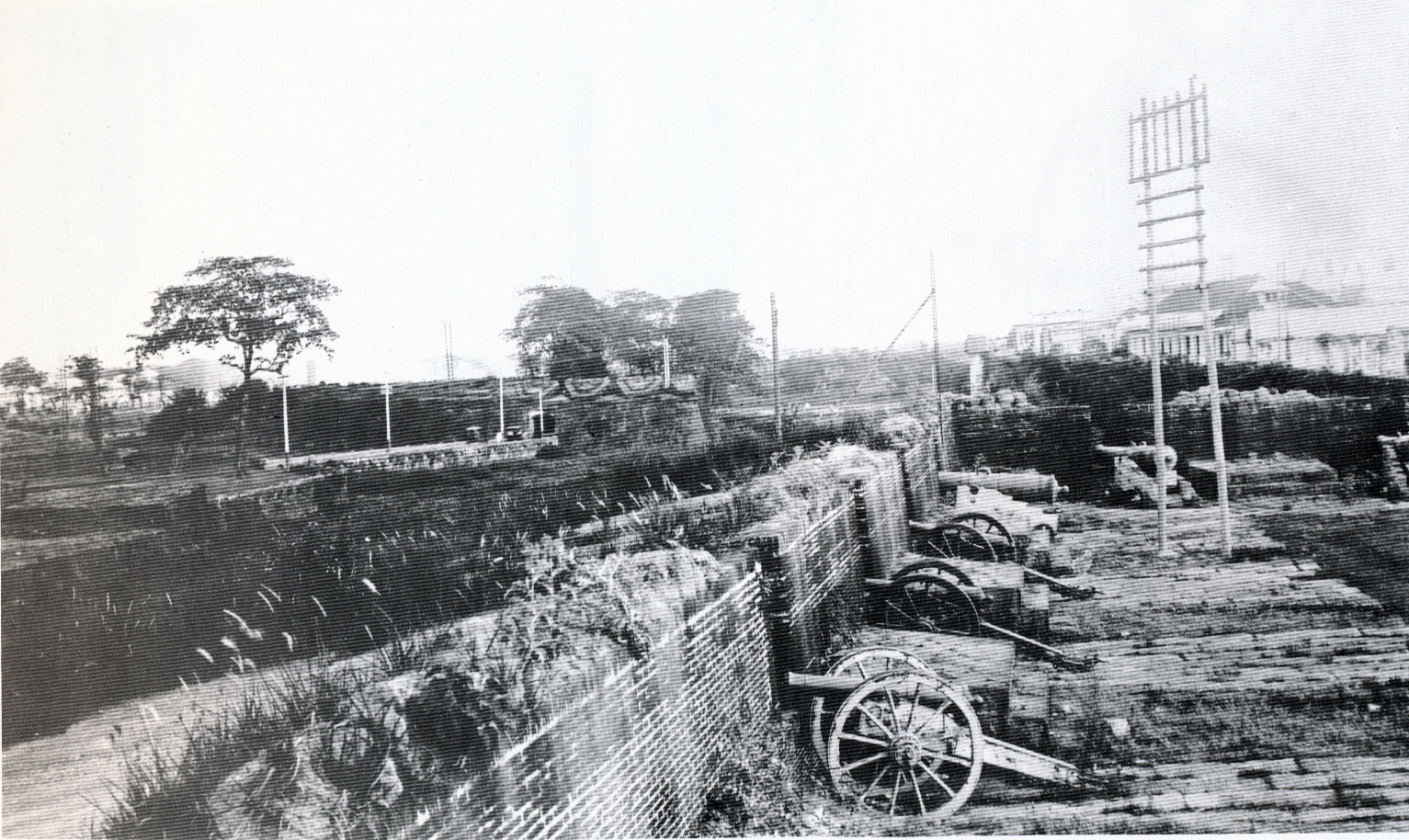Exploring the Historical Significance of Plaza Dilao
Plaza Dilao, located in the bustling city of Manila, Philippines, is a site rich in history and cultural significance. This small yet historically important area offers a glimpse into the past, reflecting the diverse influences that have shaped the city over the centuries. For those interested in history, culture, or simply exploring new places, Plaza Dilao provides a unique opportunity to connect with the past and understand its impact on the present.
Historical Background
Plaza Dilao’s history dates back to the Spanish colonial period in the Philippines. The name “Dilao” is derived from the Tagalog word for “yellow,” which is believed to reference the Japanese community that settled in the area during the 17th century. These Japanese immigrants, known as the Dilao, were primarily Christians who fled persecution in Japan. They established a vibrant community in Manila, contributing to the cultural and economic life of the city.
The plaza itself became a focal point for this community, serving as a gathering place and a symbol of their presence in the city. Over time, Plaza Dilao has witnessed numerous historical events, including the struggles for independence and the transformations brought about by modernization. Its significance is not only tied to the Japanese community but also to the broader narrative of Manila’s development as a multicultural city.
Cultural Significance
Plaza Dilao is more than just a historical site; it is a testament to the cultural diversity that characterizes Manila. The presence of the Japanese community in the area is a reminder of the city’s long-standing connections with other Asian cultures. This multicultural heritage is reflected in the architecture, traditions, and even the local cuisine, which has been influenced by various cultural exchanges over the centuries.
Visitors to Plaza Dilao can explore the remnants of this cultural heritage, including historical markers and monuments that commemorate the contributions of the Japanese community. The plaza also hosts cultural events and activities that celebrate the diverse influences that have shaped Manila. These events provide an opportunity for locals and tourists alike to engage with the city’s rich cultural tapestry and gain a deeper appreciation for its history.
Modern-Day Relevance
Today, Plaza Dilao continues to be a vibrant part of Manila’s urban landscape. While it retains its historical charm, the area has also adapted to the needs of a modern city. The plaza is surrounded by a mix of residential, commercial, and cultural establishments, making it a lively hub for both locals and visitors.
For those interested in exploring Plaza Dilao, the area offers a range of activities and attractions. From historical tours that delve into the area’s past to culinary experiences that highlight its multicultural influences, there is something for everyone. The plaza is also easily accessible by public transportation, making it a convenient destination for a day trip or a leisurely afternoon stroll.
In conclusion, Plaza Dilao is a site of historical and cultural significance that offers valuable insights into Manila’s past and present. Its rich history, cultural diversity, and modern-day relevance make it a must-visit destination for anyone interested in exploring the city’s heritage. Whether you’re a history enthusiast, a culture lover, or simply curious about Manila’s unique character, Plaza Dilao provides a fascinating window into the city’s vibrant story.
